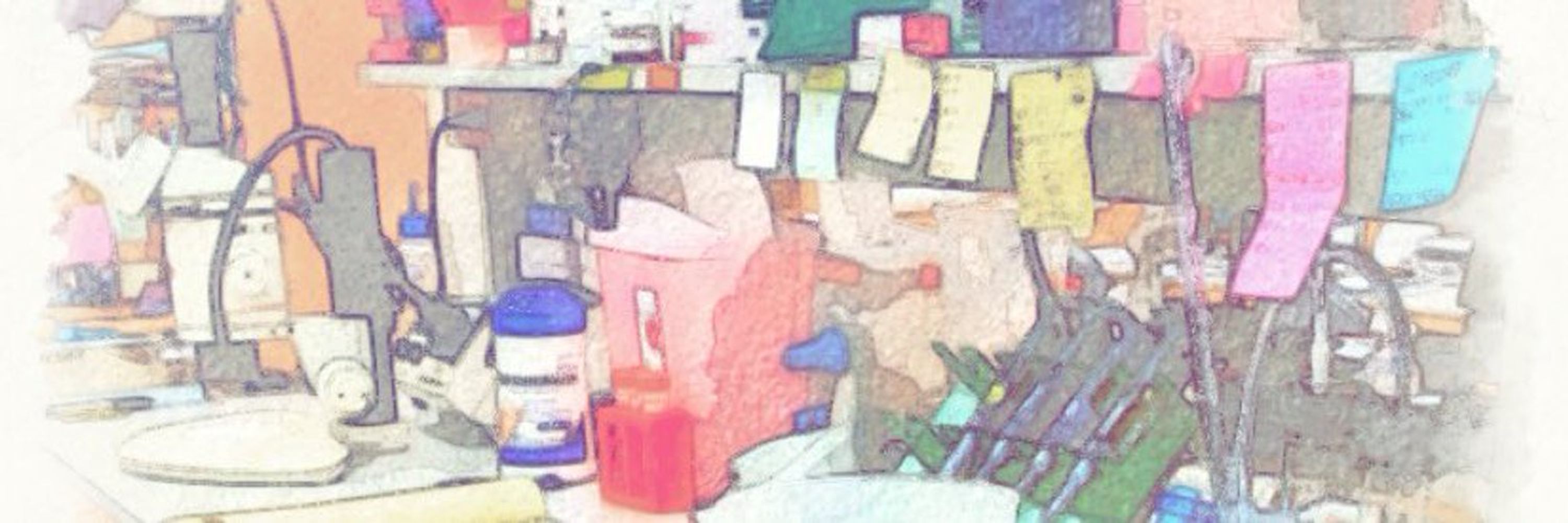Meaghan McGeary, PhD
@mk-mcg5.bsky.social
250 followers
690 following
59 posts
NCI K00 Postdoc @ Jacks Lab at MIT
Yale 2022 | Holy Cross 2016
"You sort of start thinking anything's possible if you've got enough nerve."
Posts
Media
Videos
Starter Packs
Meaghan McGeary, PhD
@mk-mcg5.bsky.social
· Jun 27
Meaghan McGeary, PhD
@mk-mcg5.bsky.social
· Jun 27
Meaghan McGeary, PhD
@mk-mcg5.bsky.social
· Jun 27
Meaghan McGeary, PhD
@mk-mcg5.bsky.social
· Jun 27
Meaghan McGeary, PhD
@mk-mcg5.bsky.social
· Jun 27
Meaghan McGeary, PhD
@mk-mcg5.bsky.social
· Jun 27
Meaghan McGeary, PhD
@mk-mcg5.bsky.social
· Jun 27
Meaghan McGeary, PhD
@mk-mcg5.bsky.social
· Jun 27
Meaghan McGeary, PhD
@mk-mcg5.bsky.social
· Jun 27
Meaghan McGeary, PhD
@mk-mcg5.bsky.social
· Jun 27
Meaghan McGeary, PhD
@mk-mcg5.bsky.social
· Jun 27
Meaghan McGeary, PhD
@mk-mcg5.bsky.social
· Jun 27
Meaghan McGeary, PhD
@mk-mcg5.bsky.social
· Jun 27
Meaghan McGeary, PhD
@mk-mcg5.bsky.social
· Jun 27
Meaghan McGeary, PhD
@mk-mcg5.bsky.social
· Jun 27
Meaghan McGeary, PhD
@mk-mcg5.bsky.social
· Jun 27
Meaghan McGeary, PhD
@mk-mcg5.bsky.social
· Jun 27
Meaghan McGeary, PhD
@mk-mcg5.bsky.social
· Jun 27
Meaghan McGeary, PhD
@mk-mcg5.bsky.social
· Jun 27
Meaghan McGeary, PhD
@mk-mcg5.bsky.social
· Jun 27
Meaghan McGeary, PhD
@mk-mcg5.bsky.social
· Jun 27
Meaghan McGeary, PhD
@mk-mcg5.bsky.social
· Jun 27
Meaghan McGeary, PhD
@mk-mcg5.bsky.social
· Jun 27
Meaghan McGeary, PhD
@mk-mcg5.bsky.social
· Jun 27
Meaghan McGeary, PhD
@mk-mcg5.bsky.social
· Jun 27
